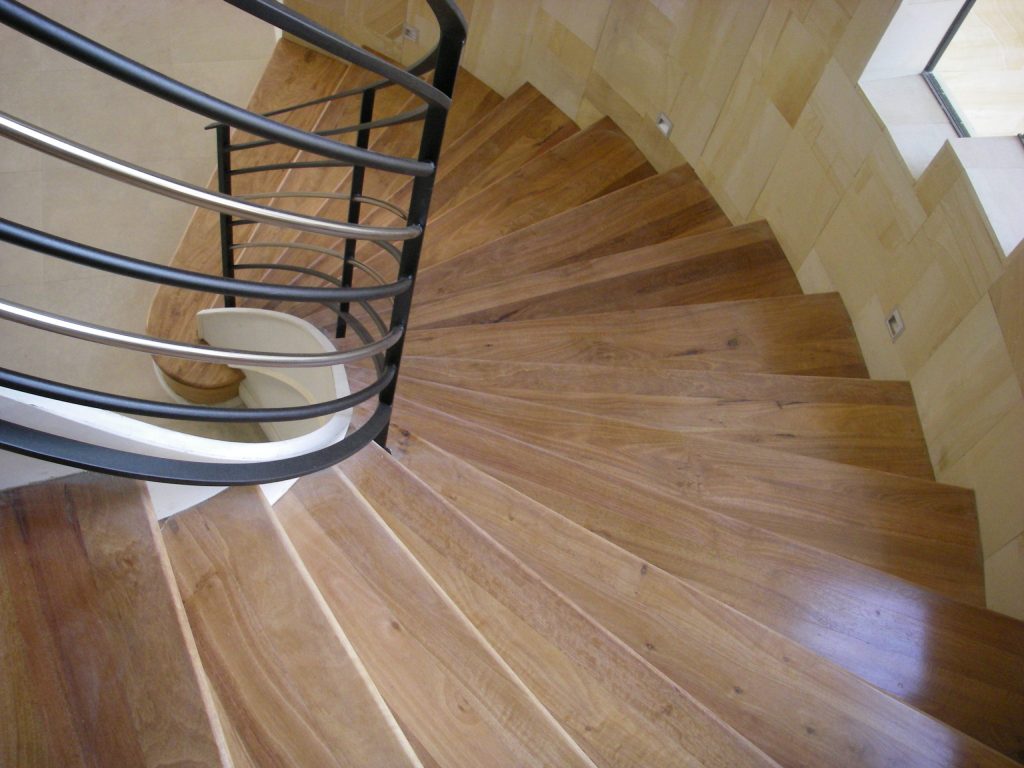SOLID TIMBER FLOORING PROS AND CONS
A solid timber floor is a traditional style hardwood floor which is a solid piece of wood all the way through. Solid timber floor typically comes as a raw product (opposed to pre-finished) meaning after the boards are laid the installer will also need to sand and polish the whole area however, there is an increase in the market of new solid timber products that are pre-finished. Solid timber has a premium look and feel, ages well, easy to clean and maintain and can be re-sanded and re-polished numerous times which makes it a great long-term option. Solid timber flooring will expand in humid conditions and contract in dryer periods. To minimise the expansion and contraction after installation the wood is dried and aged to achieve a perfect moisture level in the wood. It is hard to find a solid timber floorboard that is any wider than 100mm, purely because the wider and thicker the board is, the harder it is to keep it from expanding.

There are many performance indicators that could be discussed in relation to timber flooring durability however, denting is related to the density of a particular timber species and is classified by an internationally recognised system known as the Janka Hardness Rating. The Janka rating of a specific timber species is determined by a controlled test measuring the degree of force required to achieve a specified indentation on the wood, forming the basis of that timber’s Janka Hardness Rating. The higher the Janka rating, the harder the timber species. A medium density timber will have a rating of 4 to 8, whilst a high-density timber achieves a rating of 8 or higher. Even though a rating of 8 is considered “hard’’ many Australian timber species achieve ratings of 12 and above.
Features:
- Premium look and feel
- Easy to clean and maintain
- Less susceptible to termites
- Can be sanded and polished multiple times
- Feeling of stability under-foot
